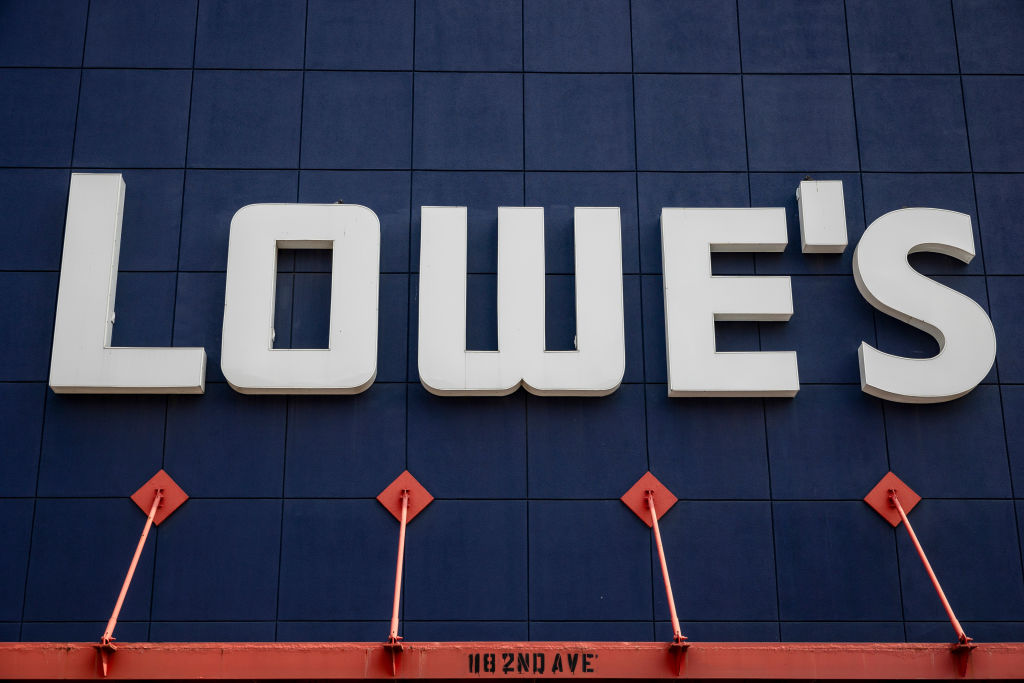Kiplinger Interest Rates Outlook: Rates Moving Lower on Tariff Fears
Fears of a weaker economy after new tariffs were unveiled have outweighed earlier fears of higher inflation.

Kiplinger’s Economic Outlooks are written by the staff of our weekly Kiplinger Letter and are unavailable elsewhere. Click here for a free issue of The Kiplinger Letter or to subscribe for the latest trends and forecasts from our highly experienced Kiplinger Letter team.
Long-term interest rates have moved lower as the bond market foresees a weaker economy because of newly unveiled tariffs, despite fears that tariffs will cause higher inflation. In addition, investors often seek haven from stock market drops by increasing their holdings of bonds, driving bond prices up and yields down. The 10-year Treasury yield has moved below 4.0%, and the yield curve has started to invert again, with one-, three- and six-month bill yields still above 4.0%. The low point of the yield curve is three-year notes at 3.65%.
The Federal Reserve left short-term interest rates unchanged at its March 19 meeting because of all this uncertainty. The Fed is in a bit of a pickle. If it is confronted with both an economic slowdown and rising inflation at the same time, which should it choose to address? It would normally cut rates to deal with a slowdown, and raise rates to counter higher inflation. The Fed’s preference is likely to stand pat until it sees an economic slowdown. The March employment report was actually pretty robust. At a speech on April 4, Chair Jerome Powell reiterated his belief that the Fed should react only to hard data, which implies not reacting to drops in the stock market or consumer confidence surveys.

Sign up for Kiplinger’s Free E-Newsletters
Profit and prosper with the best of expert advice on investing, taxes, retirement, personal finance and more - straight to your e-mail.
Profit and prosper with the best of expert advice - straight to your e-mail.
Yet, the Fed may have to cut short-term rates by at least a quarter-point at its next meeting on May 7 if it looks like the economy is headed in the wrong direction, simply to reassure everyone that the central bank is on the job. If the choice comes down to fighting inflation versus supporting a slowing economy, the Fed will likely choose to prioritize the latter and leave the inflation fighting for another day. That’s why investors are expecting it to cut short-term rates between three and four times this year.
The Fed slowed the pace at which it lets Treasury securities mature and run off its balance sheet to $5 billion per month, from $25 billion. This is technically an easing of monetary policy, since it means bond markets won’t have to absorb as many new Treasuries now. That could reduce long-term bond yields a bit. But the Fed left its runoff of mortgage-backed securities intact at $35 billion per month. The central bank would like to get non-Treasuries out of its portfolio as much as possible in order to avoid creating long-term influences on those asset markets.
Mortgage rates have dropped a quarter-point since long-term Treasury yields started easing. 30-year and 15-year fixed mortgage rates should ease a bit more if the economy weakens further. Mortgage rates are still higher than normal relative to Treasuries, but whenever the Fed cuts short-term rates again, it will boost banks’ lending margins, which should eventually lower mortgage rates a bit more.
Top-rated corporate bond yields have edged down in tandem with Treasury yields, but low-rated bond yields have jumped with the rise in recession fears. AAA-rated long-term corporate bonds are yielding 4.6%; BBB-rated bonds are yielding 5.3%, and CCC-rated bonds have surged to 13.9%.
Related Content
Get Kiplinger Today newsletter — free
Profit and prosper with the best of Kiplinger's advice on investing, taxes, retirement, personal finance and much more. Delivered daily. Enter your email in the box and click Sign Me Up.

David is both staff economist and reporter for The Kiplinger Letter, overseeing Kiplinger forecasts for the U.S. and world economies. Previously, he was senior principal economist in the Center for Forecasting and Modeling at IHS/GlobalInsight, and an economist in the Chief Economist's Office of the U.S. Department of Commerce. David has co-written weekly reports on economic conditions since 1992, and has forecasted GDP and its components since 1995, beating the Blue Chip Indicators forecasts two-thirds of the time. David is a Certified Business Economist as recognized by the National Association for Business Economics. He has two master's degrees and is ABD in economics from the University of North Carolina at Chapel Hill.
-
 3 Ways to Stream The Masters and Save Money
3 Ways to Stream The Masters and Save MoneyIf you plan to stream The Masters and are looking for ways to save, we'll show you several options.
By Sean Jackson Published
-
 Stock Market Today: Tariff Talks Drive Another Up-and-Down Day
Stock Market Today: Tariff Talks Drive Another Up-and-Down DayTrade war negotiations are happening, but the "fear gauge" is gyrating, and investors, traders and speculators are still searching for signs of a bottom.
By David Dittman Published
-
 3 Ways to Stream The Masters and Save Money
3 Ways to Stream The Masters and Save MoneyIf you plan to stream The Masters and are looking for ways to save, we'll show you several options.
By Sean Jackson Published
-
 Stock Market Today: Tariff Talks Drive Another Up-and-Down Day
Stock Market Today: Tariff Talks Drive Another Up-and-Down DayTrade war negotiations are happening, but the "fear gauge" is gyrating, and investors, traders and speculators are still searching for signs of a bottom.
By David Dittman Published
-
 Lowe's Stores Closing All Locations for 24 Hours
Lowe's Stores Closing All Locations for 24 HoursLowe's will close all of its retail locations and contact center for one day in April.
By Sean Jackson Published
-
 Little-Known Ways to Guard Your Retirement Income
Little-Known Ways to Guard Your Retirement IncomeIs your retirement income safe if stocks continue to plummet? Most retirees don't know these reliable options to limit their market exposure.
By Jacob Cornell Published
-
 Three Warning Signs Your Investments Are (Needlessly) Too Risky
Three Warning Signs Your Investments Are (Needlessly) Too RiskyAll investments come with risk, but the secret is to take only enough risk to get you to your specific savings goals — and no more than that.
By Eric Roberge, Certified Financial Planner (CFP) and Investment Adviser Published
-
 His Employees Don't Work 'For' Him, But 'With' Him
His Employees Don't Work 'For' Him, But 'With' HimWhile it might not seem that way, there are indeed employers out there who value the relationships they have with their employees. Here's an example.
By H. Dennis Beaver, Esq. Published
-
 Stock Market Today: Trump Pushes Dow Into 2,600-Point Swing
Stock Market Today: Trump Pushes Dow Into 2,600-Point SwingTariffs and trade war weigh on prices across global financial markets, with little light at the end of the tunnel.
By David Dittman Published
-
 Reduce Your Retirement Tax Risk With the Three-Bucket Strategy
Reduce Your Retirement Tax Risk With the Three-Bucket StrategySplitting retirement funds into three buckets with distinct tax treatments can help you avoid a nasty tax bill down the line. Here's how the strategy works.
By Bryan S. Slovon, Investment Adviser Published